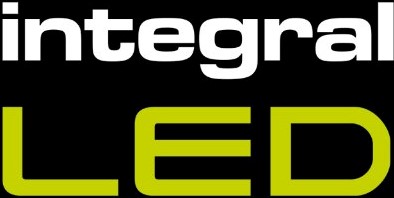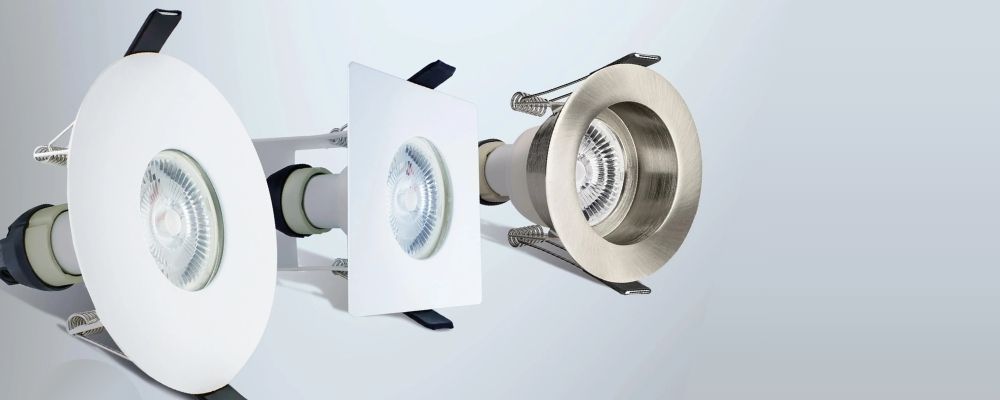Is It Safe to Cover Fire-Rated Downlights with Insulation?
Fire-rated downlights are a common feature in modern buildings, offering illumination whilst providing safety benefits. However, when it comes to their installation, questions often arise regarding the compatibility of insulation. Can these downlights be safely covered with insulation without compromising their fire rating? Let's delve into this important topic.
Understanding Fire-Rated Downlights
Fire-rated downlights are specifically designed to contain fire either in the room or within the ceiling void, preventing its spread to upper floors or adjacent rooms. These fixtures are constructed with materials that resist fire and are tested to ensure they meet stringent safety standards, typically denoted by a fire rating such as 30, 60, or 90 minutes.
The fire rating applies specifically to the joist construction within load-bearing ceilings, and fire-rated downlights are intended only to preserve that ceiling's fire rating, since the luminaire's cut-out breaches the fire barrier. Fire rated downlights must be fully tested as part of a ceiling construction by an independent specialist in accordance with either EN 1365-2 or BS 476-21. If in doubt, ask the downlight manufacturer for their report.
The Insulation Dilemma
Insulation plays a pivotal role in enhancing energy efficiency within homes and buildings. By effectively trapping heat during winter months and repelling it in summer, insulation helps regulate indoor temperatures, thereby reducing energy consumption and carbon emissions. However, when integrating insulation with electrical fittings such as fire-rated downlights, safety must remain a top priority.
Fire Safety Regulations
In the UK, stringent building regulations govern the installation of electrical equipment, including fire-rated downlights, to ensure the safety of occupants and minimise fire risks. According to UK regulations, where an installation is in commercial applications, new construction or rental buildings with living accommodations above, all downlights installed must be fire rated. However, the Electrical Safety Council (ESC) recommends that fire rated downlights are used in all installations no matter the application. Adherence to regulations ensures that downlights are installed in a manner that does not compromise the fire-resistant barrier.
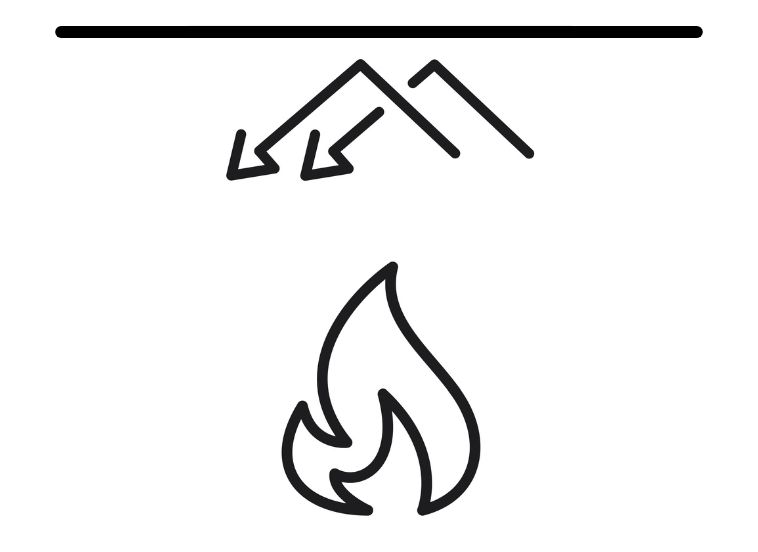

Best Practices
To ensure the safe installation of fire-rated downlights with insulation, follow these best practices:
Consult Manufacturer Guidelines:
Always refer to the manufacturer's guidelines for both the downlights and the insulation being used. Lighting manufacturers often provide specific instructions regarding the installation of their products in conjunction with insulation. These guidelines may vary depending on factors such as the type of downlight, insulation material, and fire rating requirements, so be sure to check every time.
Maintain Clearance:
Ensuring there is sufficient clearance is essential for preventing the overheating of fixtures, ensuring adequate air circulation and maintaining fire rating standards.
The clearance will depend on the downlight as some fixtures can allow insulation to be laid directly on top, whilst others will need greater clearances to allow proper air flow and heat regulation.
Heat has a significant impact on the lifespan of a downlight. A luminaire in the open air will last longer than one that is directly covered with insulation. As a result, we advise using insulation guard attachments to protect the downlight and extend the life of the light source.

Selecting Suitable Insulation:
Choose insulation materials that are non-combustible and capable of withstanding high temperatures. Mineral wool, glass wool, or cellulose fibre insulation are recommended options, as they meet safety standards and do not pose fire hazards. Avoiding foil-backed insulation is crucial, as it can create thermal barriers that may lead to the downlight overheating.
The type of insulation chosen will also need to be present in both the joist manufacturer’s safety report and the downlight fire-rating certification. Downlights are only deemed fire-rated against the specific type of ceiling they were installed in during testing and would need to be tested alongside insulation to ensure regulations are met. This is the same for joist construction. Fire test reports can be requested from manufacturers.
Seek Professional Advice:
When in doubt, seek guidance. Our friendly and knowledgeable team are on hand to answer any questions you may have surrounding Integral LED fire-rated downlights. You can also further advice from qualified professionals, such as electricians or building inspectors, to ensure compliance with safety regulations.
Is It Safe to Cover Fire-Rated Downlights with Insulation?
Fire-rated downlights are a common feature in modern buildings, offering illumination whilst providing safety benefits. However, when it comes to their installation, questions often arise regarding the compatibility of insulation. Can these downlights be safely covered with insulation without compromising their fire rating? Let's delve into this important topic.
Understanding Fire-Rated Downlights
Fire-rated downlights are specifically designed to contain fire either in the room or within the ceiling void, preventing its spread to upper floors or adjacent rooms. These fixtures are constructed with materials that resist fire and are tested to ensure they meet stringent safety standards, typically denoted by a fire rating such as 30, 60, or 90 minutes.
The fire rating applies specifically to the joist construction within load-bearing ceilings, and fire-rated downlights are intended only to preserve that ceiling's fire rating, since the luminaire's cut-out breaches the fire barrier. Fire rated downlights must be fully tested as part of a ceiling construction by an independent specialist in accordance with either EN 1365-2 or BS 476-21. If in doubt, ask the downlight manufacturer for their report.

The Insulation Dilemma
Insulation plays a pivotal role in enhancing energy efficiency within homes and buildings. By effectively trapping heat during winter months and repelling it in summer, insulation helps regulate indoor temperatures, thereby reducing energy consumption and carbon emissions. However, when integrating insulation with electrical fittings such as fire-rated downlights, safety must remain a top priority.

Fire Safety Regulations
In the UK, stringent building regulations govern the installation of electrical equipment, including fire-rated downlights, to ensure the safety of occupants and minimise fire risks. According to UK regulations, where an installation is in commercial applications, new construction or rental buildings with living accommodations above, all downlights installed must be fire rated. However, the Electrical Safety Council (ESC) recommends that fire rated downlights are used in all installations no matter the application. Adherence to regulations ensures that downlights are installed in a manner that does not compromise the fire-resistant barrier.
Best Practices
To ensure the safe installation of fire-rated downlights with insulation, follow these best practices:
Consult Manufacturer Guidelines:
Always refer to the manufacturer's guidelines for both the downlights and the insulation being used. Lighting manufacturers often provide specific instructions regarding the installation of their products in conjunction with insulation. These guidelines may vary depending on factors such as the type of downlight, insulation material, and fire rating requirements, so be sure to check every time.
Maintain Clearance:
Ensuring there is sufficient clearance is essential for preventing the overheating of fixtures, ensuring adequate air circulation and maintaining fire rating standards.
The clearance will depend on the downlight as some fixtures can allow insulation to be laid directly on top, whilst others will need greater clearances to allow proper air flow and heat regulation.
Heat has a significant impact on the lifespan of a downlight. A luminaire in the open air will last longer than one that is directly covered with insulation. As a result, we advise using insulation guard attachments to protect the downlight and extend the life of the light source.

Selecting Suitable Insulation:
Choose insulation materials that are non-combustible and capable of withstanding high temperatures. Mineral wool, glass wool, or cellulose fibre insulation are recommended options, as they meet safety standards and do not pose fire hazards. Avoiding foil-backed insulation is crucial, as it can create thermal barriers that may lead to the downlight overheating.
The type of insulation chosen will also need to be present in both the joist manufacturer’s safety report and the downlight fire-rating certification. Downlights are only deemed fire-rated against the specific type of ceiling they were installed in during testing and would need to be tested alongside insulation to ensure regulations are met. This is the same for joist construction. Fire test reports can be requested from manufacturers.
Seek Professional Advice:
When in doubt, seek guidance. Our friendly and knowledgeable team are on hand to answer any questions you may have surrounding Integral LED fire-rated downlights. You can also further advice from qualified professionals, such as electricians or building inspectors, to ensure compliance with safety regulations.
Suggested Articles:
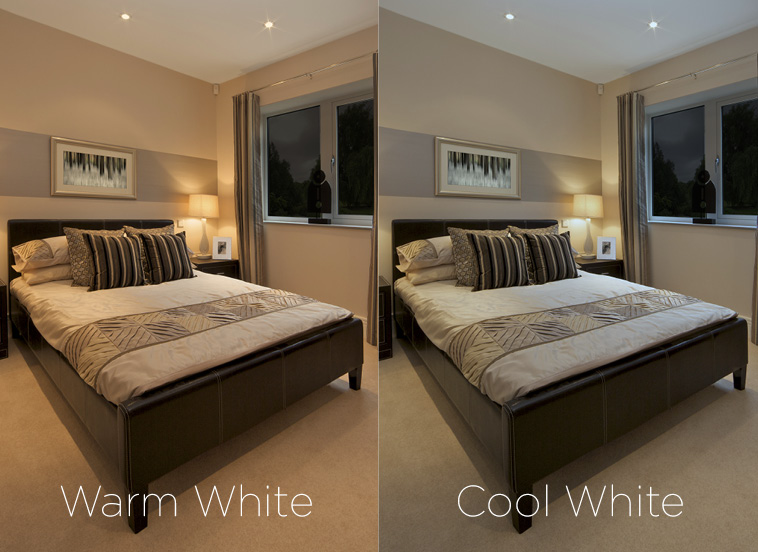
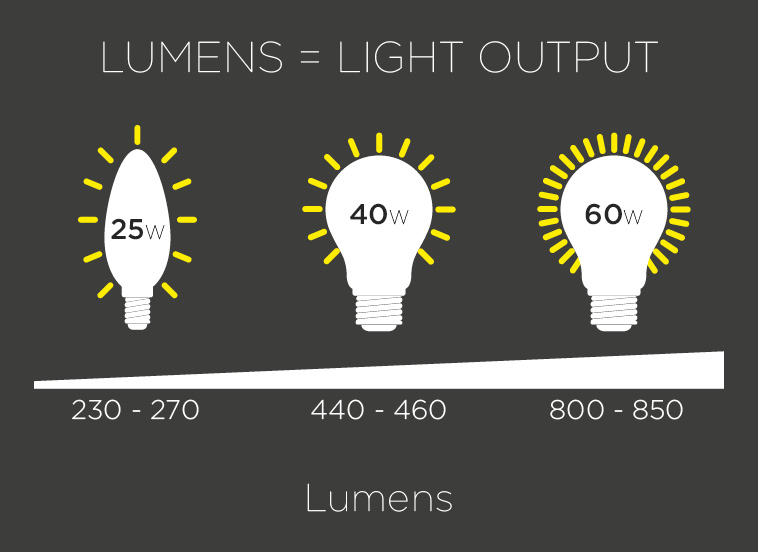
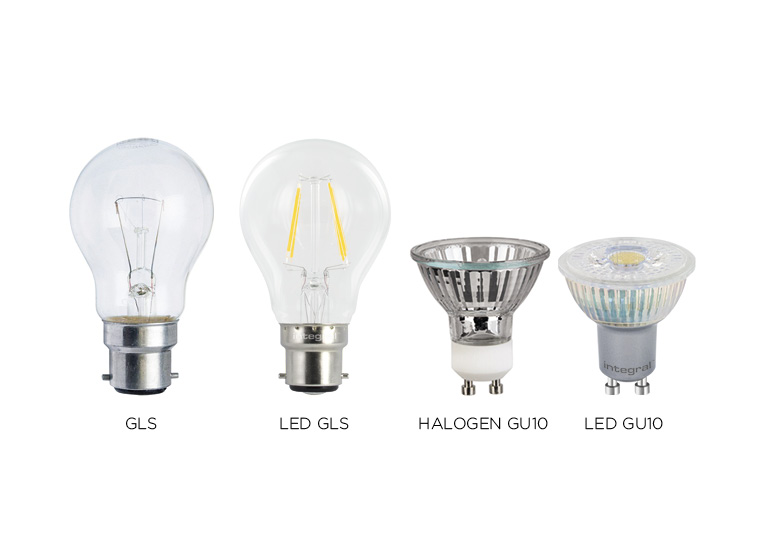
HIGHEST
QUALITY
COMPETITIVE
PRICES
EXPERTISE
EXTENSIVE
STOCK
NEWSLETTER
Sign-up to our newsletter and stay up to date with the latest product information and special offers.
